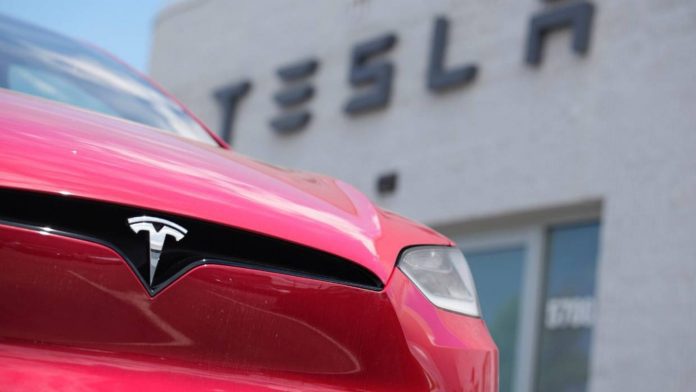Tesla has merged several advances into a technological breakthrough that could change how it produces electric vehicles and aid Elon Musk in achieving his goal of halving production costs.
The business invented the “gigacasting” technology, which reduced production costs and forced competitors to catch up by using massive presses with 6,000 to 9,000 tons of clamping pressure to mold its Model Y’s front and back structures.
To increase its advantage, Tesla is closing in on an innovation that enables it to die cast almost the entire intricate underbody of an EV in a single piece instead of the roughly 400 parts in a typical car.
According to the sources, the know-how is essential to Tesla’s “unboxed” manufacturing strategy, which Chief Executive Musk outlined in March. It’s a cornerstone of his aim to produce tens of millions of less expensive EVs over the next ten years while still turning a profit.
Tesla’s revolutionary design and production procedures allow the business to create a car from the ground up in 18 to 24 months, while most competitors currently take three to four years.
In its small EVs, which the company hopes to introduce by the middle of the decade and sell for $25,000, Tesla may employ a single large frame that combines the front and rear parts with the central underbody that contains the battery.
This month, Tesla will decide whether to die-cast the platform in one piece. However, the ultimate product could alter during the design validation process if they do.
The breakthroughs made by Tesla focus on how massive molds for such a large item are created and tested for mass manufacturing, as well as how casts might include hollow subframes with internal ribs to reduce weight and increase crashworthiness.
The innovations created by design and casting experts in Britain, Germany, Japan, and the U.S. include 3D printing and industrial sand.




